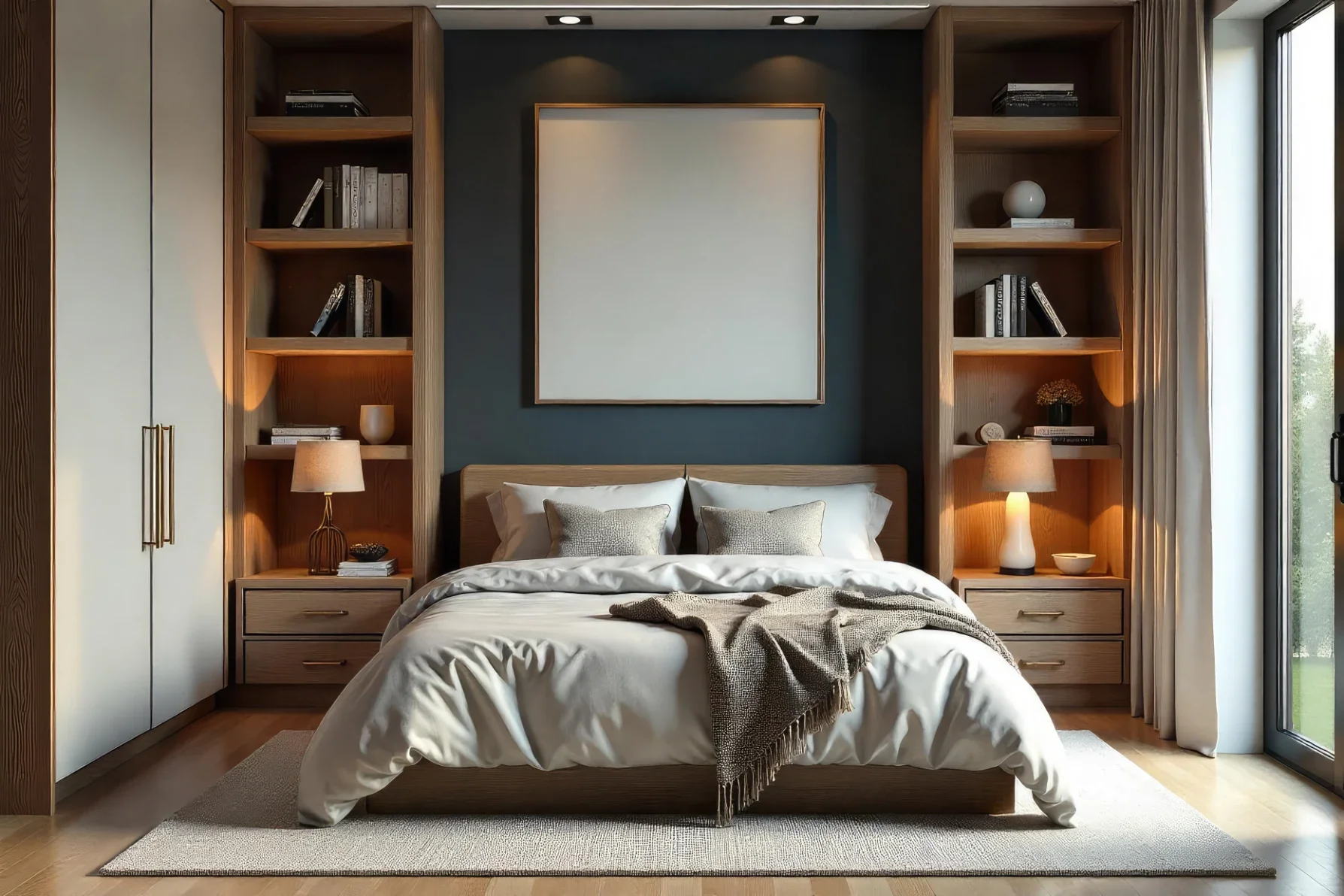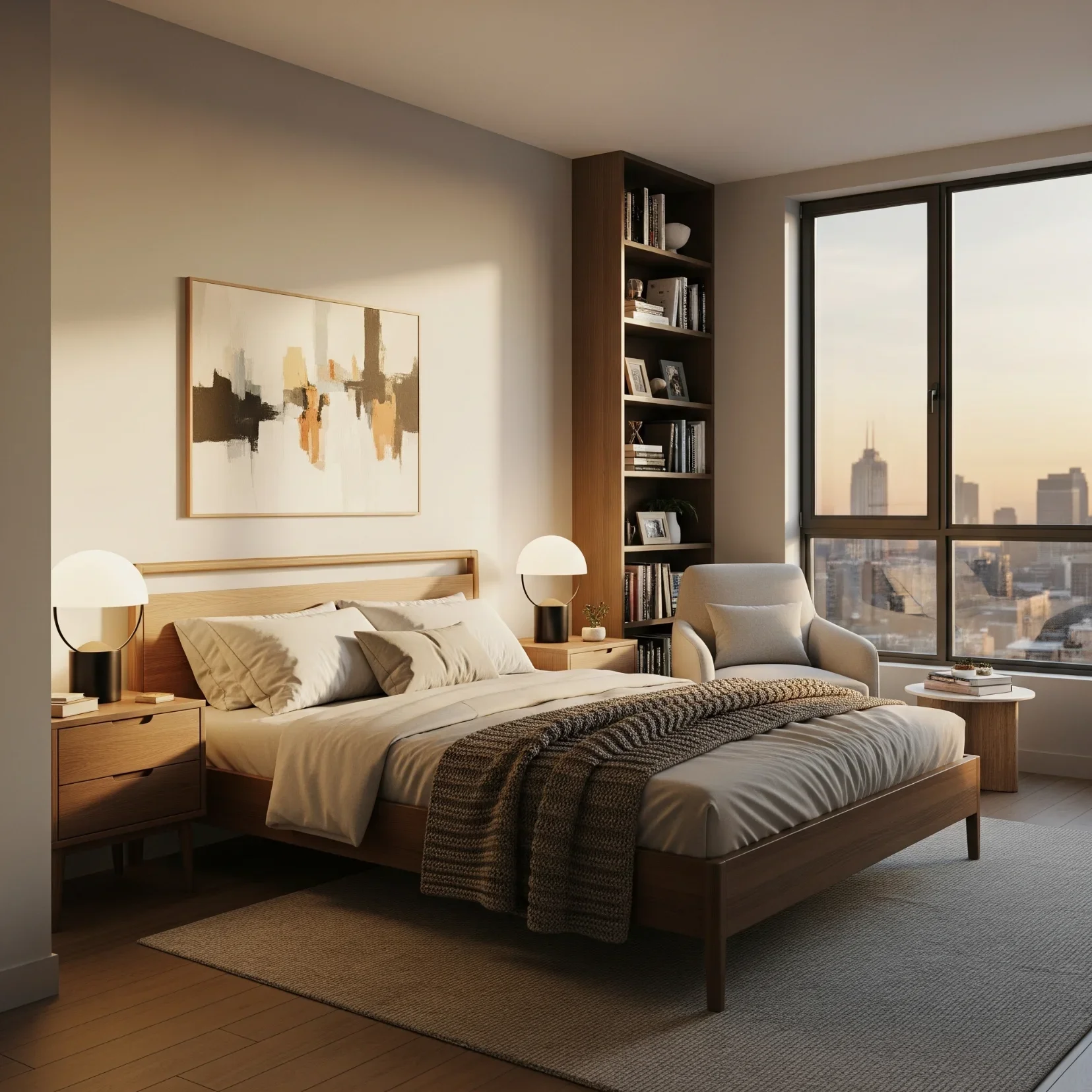Bedroom Design Tips for Better Sleep
Transform your bedroom into a sleep-friendly haven with design tips that promote relaxation, reduce stress, and improve your nightly rest.
Getting a good night's sleep isn't just about following a solid bedtime routine. Your bedroom design, including the bed and its surrounding colours, significantly impacts your ability to relax and drift off to sleep at night.
If you want to create a space that promotes calm, check out our guide for creating a more restful environment below.
Choose the Right Bed
The bed is the centrepiece of your room and the most essential investment for your sleep health. You'll need to consider the size and layout of your bedroom before rushing to buy a piece that catches your eye. Large rooms with ample space are perfect for king-size beds, especially if you sleep in the same bed as your partner.
The bed should provide sufficient space to sleep comfortably and allow for unimpeded movement around the room. If it dominates the room, it can make the space feel cramped and overwhelmed. Positioning your bed correctly can also improve restfulness. Ideally, place the bed so that it faces the door without being directly in line with it.
Avoid placing the head of the bed directly under a window. The noise can keep you up and disrupt sleep due to light or drafts in the winter. Keeping the bed centred will make the room feel more balanced and give you and your partner space to get in and out easily without disturbing each other.
Paint the Walls
Wall colours can have a surprisingly important impact on how quickly and easily you fall asleep. Bright colours may be visually appealing during the day, but they can be overstimulating at night, with shades of orange and deep yellow making it harder to wind down before bed.
For better sleep, opt for cooler, softer tones in blues and greens that are associated with tranquillity and restfulness. Pale greys and muted lavenders are other popular choices for creating a soothing atmosphere; consider a fresh coat of paint for a simple change to your sleep routine.
Use Cotton Bedding
Overheating at night is a common cause of nightmares and disturbed sleep, especially during the warmer summer months. Choosing breathable, natural materials for your sheets, duvet covers, and pillowcases will help you stay cool while sleeping.
Cotton is one of the best choices. As a natural fabric, it allows air to circulate and helps wick moisture away from the body, keeping you dry and cool during the night. Look for high-quality fabrics, such as percale or Egyptian cotton, for a mix of softness and durability.










